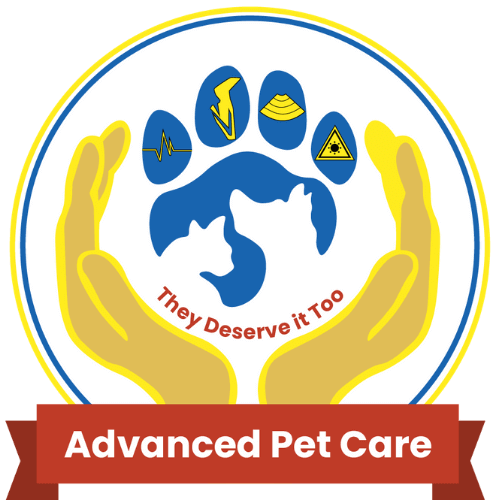Understanding Zoonotic Diseases: Protecting Your Health and Your Pet’s Well-being
Did you know that zoonotic diseases can be transmitted from pets to humans more often than you might think? Even though your pet may seem perfectly healthy, they can carry contagious conditions. Stay proactive with preventive care to safeguard against various illnesses.
How can your pet pass diseases to you?
1. Direct contact: Coming into contact with your pet’s saliva, blood, urine, feces, or other bodily fluids can result in disease transmission. Cleaning up accidents or your pet licking a sore on your leg can lead to illness.
2. Indirect contact: Infections can occur when you come into contact with surfaces or objects contaminated by an infected pet. For example, if a stray cat uses your child’s sandbox as a litter box, it may lead to a roundworm infection.
3. Vectors: Ticks and fleas can be attracted to your pet and then transmit diseases to you when they bite. Keep an eye out for these external parasites.
4. Food: Consuming undercooked meat or eggs, as well as raw fruits and vegetables contaminated with feces from an infected pet, is a common cause of foodborne illnesses in both humans and pets.
5. Water: Drinking or coming into contact with water contaminated with feces or urine can result in the transmission of diseases like giardia or leptospirosis.
Which diseases can you get from your pet?
Zoonotic diseases can include bacterial infections (leptospirosis, salmonella, E. coli, tick-borne diseases, cat scratch disease), viral infections (rabies), fungal infections (ringworm), as well as intestinal and external parasites (roundworms, hookworms, tapeworms, giardia, toxoplasma, scabies, fleas, ticks).
Remember, this list is not exhaustive. To prevent the transmission of diseases, practice good hygiene when handling your pet, cleaning up after them, and managing their belongings.
Protect the health of everyone in your household, including your beloved pets, through regular preventive care. Give our team a call today to schedule your pet’s preventive care visit and ensure a safe and healthy environment for all.

